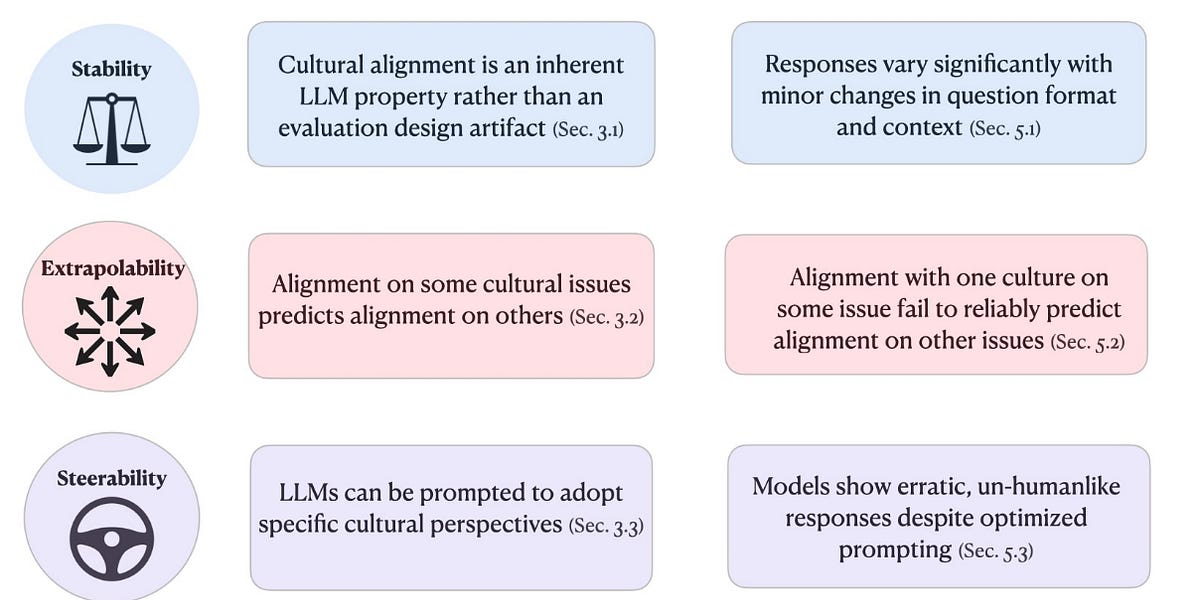We’re living in the golden age of AI, where small teams are making massive impacts. Cursor hit $100M in ARR with just 20 people. Sakana AI reached a $67M valuation per employee, with only 3 founders. Midjourney scaled to $200M ARR without raising a dime in equity.
In this new era, this same dream of massive impact with small teams is within every developer’s reach. Be it an AI assistant, a customer support agent, or a personalized tutor. Whatever the use case, every AI application today has the potential to go viral overnight.
One perfectly timed product launch, a tweet from the right influencer, or a 30-second demo video can propel your app to the top of Hacker News or Product Hunt. Suddenly, you have tens of thousands of users flooding in.
And that’s when the real test begins: Can your infrastructure handle the exponential growth?
Most AI agents are built to validate ideas quickly, not to scale robustly. When viral growth hits — and in the AI agent space, it hits fast and ruthlessly — inadequate infrastructure becomes the quicksand that swallows your breakthrough moment whole.
Here’s something that will change how you think about building AI agents.
As a developer, you know that every production AI agent is built on three core components:
- LLM — Your reasoning engine that makes decisions and gives instructions
- Tool Use — API integrations and external system access to complete real-world tasks
- Memory/Retriever — Context retrieval and knowledge management powered by vector databases
When building agents, developers naturally focus on getting the LLM integration right and setting up proper tool use. Of course, they are absolutely essential. You need solid reasoning capabilities and the ability to take meaningful actions in the real world.
But here’s what’s happening in the market: LLM capabilities across providers have become remarkably commoditized. Whether you choose Claude, OpenAI, or open-source alternatives, the reasoning quality for most agent use cases is now virtually indistinguishable. Tool use has also standardized — MCP, function calling, and agent frameworks work consistently across platforms.
When evaluating your agent, end customers don’t care about what model or framework runs under the hood. They care about the experience: Is your agent lightning-fast and responsive? Does it truly understand their needs and context? Can it remember previous conversations and instantly find exactly the right information when they need it?
This is why the infrastructure powering your agent memory is critical. The vector database behind the scenes determines whether your agent can handle real-world demands: retrieving accurate documents in milliseconds across millions of records, supporting millions of active users with multi-tenancy, and scaling seamlessly when growth accelerates from zero to viral overnight.
This is the story every AI agent startup founder fears — and some have already experienced it.
We recently worked with a team whose conversational AI agent was thriving, handling thousands of conversations daily and growing steadily month over month. Their system ran on a lightweight vector database that supported a fairly complex retrieval business logic. Everything worked beautifully — until it needed to scale.
As their user base surged and requests climbed into the millions, the system hit a wall. Query times slowed from milliseconds to seconds, then to tens of seconds, causing customers to leave the platform. Lacking advanced features like metadata filtering and hybrid search, more experienced customers are unhappy with the answer quality. To make matters worse, the database offered limited partitioning, making data isolation unreliable.
This is the hidden cost of infrastructure shortcuts: when success comes, wrong choices become expensive disasters.
When AI agent teams choose the wrong vector database, they don’t just hit technical limitations — they accumulate infrastructure debt that kills their agent’s potential at the worst possible moment:
- Migration Complexity: Moving between databases isn’t easy. Different systems use incompatible indexing methods, data formats, and query languages. Teams often need to spend months rewriting core agent functionality.
- Multi-Tenancy Challenges: Enterprise customers require strict data separation between tenants, but it’s difficult to add this security to databases that weren’t originally built for multiple tenants. A difficult choice between operational complexity and degraded customer experience or even compliance issues is presented to developers.
- Search Quality Pain: Some vector databases lack full-text search support or performant metadata filtering. Without those backing up your retrieval pipeline, your agent gets stuck being “smart enough,” while competitors ship better search experiences.
- The Cost of Missing Your Moment: The most devastating cost is watching your breakthrough moment slip away while you’re stuck debugging infrastructure. Your perfect product-market fit might arrive tomorrow — will your infrastructure be ready to handle success, or will you watch helplessly as the opportunity disappears forever?
We understand that many developers feel overwhelmed when researching vector databases. The market is filled with dazzling benchmarks, biased recommendations, and demo-friendly solutions that perform well in testing but fail in production.
Milvus, an open-source vector database with 35K+ stars on GitHub and backing from the world’s largest AI companies, takes a different approach. Milvus provides multiple options for deployment for different use cases and environments. One API, infinite deployment flexibility: Developers can start with Milvus Lite for rapid experimentation and prototyping, deploy Standalone for production workloads, scale to Cluster for distributed applications handling billions of vectors — all without changing a single line of code.
But scalability is just the foundation. Milvus provides a lot of advanced capabilities that make your agent genuinely intelligent in real-world deployments:
- Production-Grade Multi-Tenancy: Robust tenant isolation that works at billion-vector scale. Whether you’re serving 10 pilot customers or 10,000 enterprise accounts, each gets complete data separation with unified, predictable performance.
- Billions-Scale Distributed Architecture: True linear scaling from thousands to billions of vectors across multiple nodes and data centers. When viral growth hits and your user base explodes overnight, add capacity by adding nodes — no expensive hardware upgrades, no architectural rewrites, no downtime.
- Hybrid Search Excellence: Production AI agents need queries that combine semantic similarity with business logic, temporal constraints, and metadata filtering. Execute complex operations like “Find pricing documents John accessed in the last two weeks, mentioning API rate limits with sentiment analysis scores above 0.8” in a single, lightning-fast operation.
- Real-Time Agent Memory: Streaming ingestion with immediate consistency means your agent incorporates new information instantly without rebuilding indexes or batch processing delays. When a user provides feedback or uploads a document, your agent knows about it immediately.
We just rolled out Milvus 2.6, delivering dozens of breakthrough innovations across cost reduction, advanced search capabilities, and architectural enhancements built for massive scale. Explore all the details in our launch blog, or join our webinar with James Luan, VP of Engineering at Zilliz, for an exclusive deep dive into what’s new in this release.
Milvus is completely open source and free to use forever. But if you’re a startup that values innovation over managing Kubernetes clusters and database optimization, we strongly recommend Zilliz Cloud, the fully managed service of Milvus built by the original Milvus team.
With Zilliz Cloud, you get all the best of Milvus as well as advanced enterprise-grade features without the operational overhead:
- Deploy in Minutes, Scale Automatically: One-click deployments with intelligent elastic scaling that automatically adapts to your agent’s usage patterns and traffic spikes.
- Cost Optimization: Pay only for what you use with serverless scaling that automatically adjusts to your agent workload patterns. Many customers save 50% or more compared to alternatives, while also enjoying better performance and reliability.
- Natural Language Query Interface: New MCP server support lets your agents interact with their memory using natural language: “Find documents similar to our last conversation about pricing” instead of complex query languages and API calls.
- 99.95% Uptime SLA: Your agents stay online, your customers stay happy, and you focus on building breakthrough features instead of debugging infrastructure failures. We handle the operational complexity so you can focus on what makes your agent special.
- Enterprise-Grade Security by Default: SOC2 Type II and ISO27001 certified with comprehensive Role-Based Access Control and BYOC. Your enterprise customers’ compliance requirements are handled from day one, not bolted on later.
- Global Scale, Local Performance: Available on AWS, Azure, and GCP across various regions worldwide, ensuring sub-100ms latency wherever your users are located. Your agent feels fast whether accessed from Silicon Valley or Singapore.
For any company focused on AI innovation, technical teams should spend their time on application breakthroughs and customer value creation, not on the complex and tedious operational work of database management. Leave the infrastructure complexity to us and truly liberate your team’s productivity and creativity to build the future.
If you’re building an AI agent, now is the time to think about infrastructure. Don’t let success catch you unprepared. Build on a stack that grows with you.
With Milvus, you get the performance, scalability, and flexibility of the leading open-source vector database — ideal for teams that want full control and customization for high-performance AI and vector search workloads. With Zilliz Cloud, you get a fully managed experience that includes hassle-free deployment, autoscaling, advanced enterprise features, built-in security, and compliance, allowing you to go to production faster with confidence.
And yes, we can help you migrate from Pinecone, Weaviate, pgvector, or any other platform.
Whatever you’re paying now, we can likely do it for half the cost, with better performance.
Try Zilliz Cloud for free today or reach out to sales for more information.
Let’s build for the boom.
.png)




